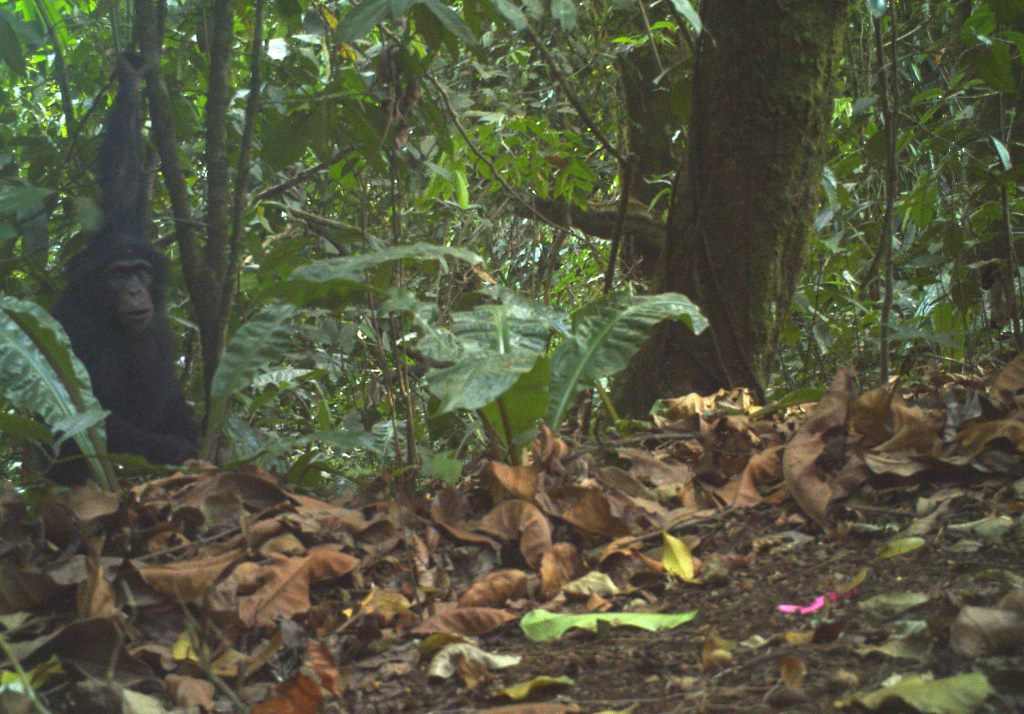The biodiversity of the Nigerian mountains is less well known than that of any other African montane region. The Nigerian Montane Forest Project is the main body carrying out research on Nigerian montane forest diversity, ecology and restoration. The project has goals to promote national and international commitment to the conservation of Nigeria’s montane forests by both inspiring excellence in research and by empowering local communities through employment and education.
Hazel Chapman, Director of the Nigerian Montane Forest Project and Associate Professor at the University of Canterbury, gives us an update on the research we’ve supported on Nigerian montane forest diversity, ecology and restoration for over a decade. Hazel explains:
I consider the input to research and leadership around management of the field station by the local community as the major strength of the project. It is the enthusiasm and commitment of the staff that makes the project work.

Research is a crucial part of the Nigerian Montane Forest Project and during 2017 five University of Canterbury students worked within the project and four PhD students had field based projects at Ngel Nyaki. Their research projects ranged from investigating the role of ground dwelling ants in seed dispersal to studying the ecology of the African pouched rat.
A strong focus of the project is to understand the Nigerian montane forest diversity and restoration and in 2017 post-graduate students looked at the value of forest fragments to maintain avian functional diversity, they also assessed the role of clumping in shaping species distribution and analysed the genetic diversity and connectivity on the Mambilla Plateau.
In addition of carrying out vital research, the Nigerian Montane Forest Project is working towards reforesting the area by planting thousands of seeds and seedlings into the forest edge habitat. In 2017, the team started a long-term investigation to understand how different factors such as light burn or grass grubbing can influence the speed of forest regeneration.
So far over 2,000 tree seedlings from the nursery have been planted and the team has records of which have survived, which are the most useful species for grassland and what are the best ways to ensure rapid germination of the seeds.
Hazel continues:
“While the Mambilla Plateau may never have been covered in trees, historically forest fragments were connected via riparian forest strips. A key aim of the Project is to first restore forest within the 46Km2 of Ngel Nyaki forest and then to promote more connectivity across the Plateau.”
Some exciting developments last year also included the building of a science outreach centre and the establishment of an arboretum in the campus ground. This brand new science centre, funded by New Zealand Ministry of Foreign Affairs and Trade, is a tremendous improvement to the learning and research environment for the students and established researchers. The building is also used by the young members of the Conservation Club who can watch conservation films or attend talks about the significance of the forest, the ecosystem services it provides and how forest helps to mitigate climate change!
The below video, from the Nigerian Montane Forest Project, provides an overview of the project and an insight into the work happening in this region: